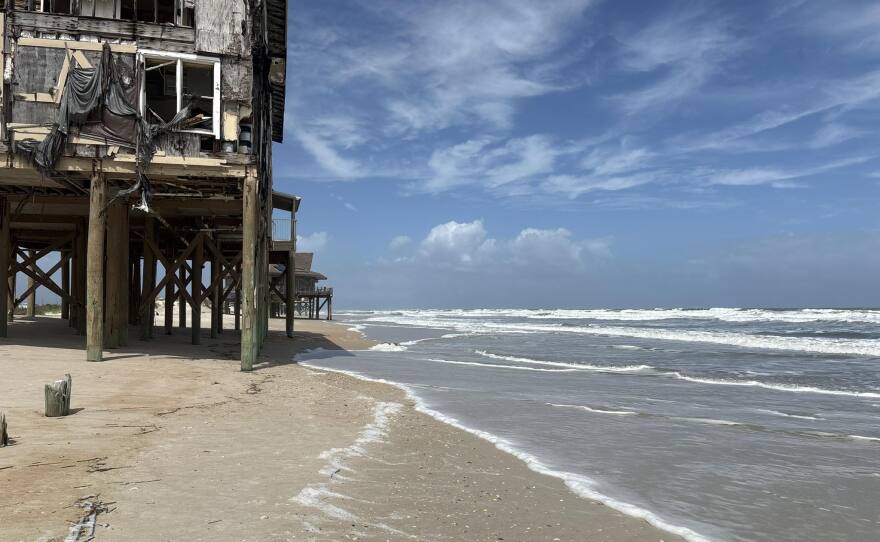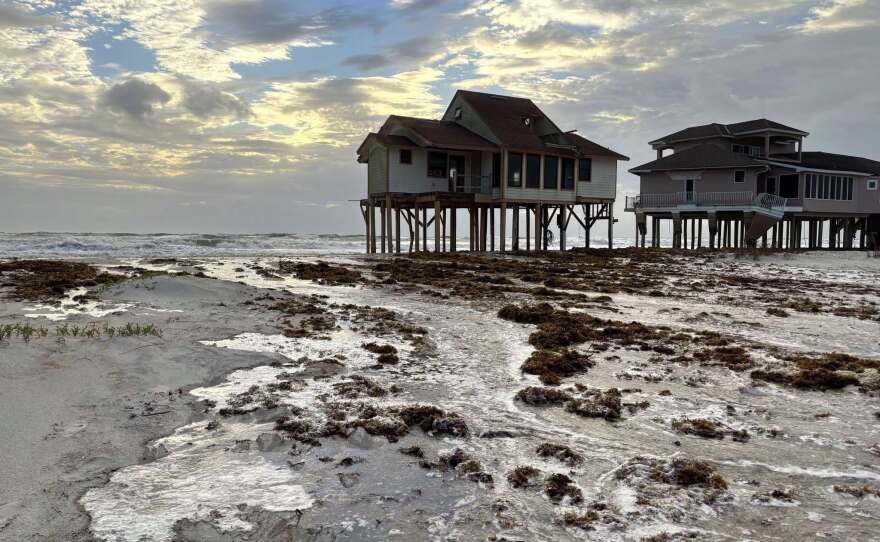As flooding and coastal surge remain among the most destructive elements of storm systems, counties across Florida are turning to voluntary buyout programs to reduce damage and restore the landscape to a more natural state.
From the Panhandle to the Keys, local governments are acquiring properties in vulnerable areas as part of a long-term strategy to lessen the financial and logistical burden of maintaining infrastructure that Mother Nature repeatedly threatens to reclaim.
Scenes of what emergency managers hope to avoid are playing out in St. Johns County, just south of St. Augustine, where recent high tides driven by nor’easters and hurricanes have eroded beaches and left several homes teetering on the edge of failure.
Michael O’Meally, a local resident, has been documenting the erosion daily, noting that conditions fluctuate with the tides.
“There doesn’t need to be a direct hit here - the beaches are already critically eroded and have been for some time,” O’Meally stated.
Several structures appear to be nearing partial collapse, which could send debris into the ocean and wash up on nearby beaches.
St. Johns County officials say they are aware of the deteriorating structures but note that each property owner must go through a lengthy process to receive reimbursement through what is known locally as the "Summer Haven Managed Retreat Program."
"The County intends to demolish any of the structures that area eventually purchased from willing sellers, but there is no direction to pursue demolishing private homes that have not been acquired by the county. We are acutely aware of the negative impacts from potential debris if the houses collapse, and planning for the demolitions of purchased homes and debris removal are ongoing," said Damon Douglas, St. Johns County's administrative manager of disaster recovery.
The State of Florida appropriated $5 million for the effort in the 2023–24 budget cycle, with an additional $5 million from the county to acquire parcels along a section of the former Old A1A - an area prone to persistent erosion.
Without the program, engineering assessments by the Florida Department of Environmental Protection estimated that government entities would need to spend around $200 million constructing seawalls and beach renourishment projects, which could wash away within five years due to frequent storm activity.
For county leaders, buying out property owners instead of continually rebuilding infrastructure offers a more sustainable, longer-term solution that allows funding to be directed toward other needs such as protecting less immediately threatened coastal evacuation routes.
Other Florida communities are following similar suites, especially as federal disaster funding becomes increasingly uncertain after each natural disaster.
In Volusia County, officials are using federal recovery funds to purchase flood-prone homes in the aftermath of 2024’s Hurricane Milton and plan to convert the properties into a flood-control area to improve drainage.
Farther west in the Florida Panhandle, Escambia County is in the midst of a buyout program targeting 49 homes damaged by Hurricane Sally in 2020. Once the properties are under county control, the structures are expected to be demolished and the land transformed into a space designed to absorb stormwater.
Additional programs have been implemented in Jacksonville, the Florida Keys and Sarasota, but officials note that because of the high costs and sensitivities associated with property buybacks, the process is often rather lengthy.
Back near the St. Johns–Flagler County border, O’Meally hopes efforts to preserve the region’s fragile coastline will accelerate, with the combination of delayed demolitions and the lack of beach renourishment making for a losing battle.
“In my honest opinion, it’s reached a critical point where it’s lose a little or lose big,” O’Meally said after one of his nearly daily excursions to document the damage.







